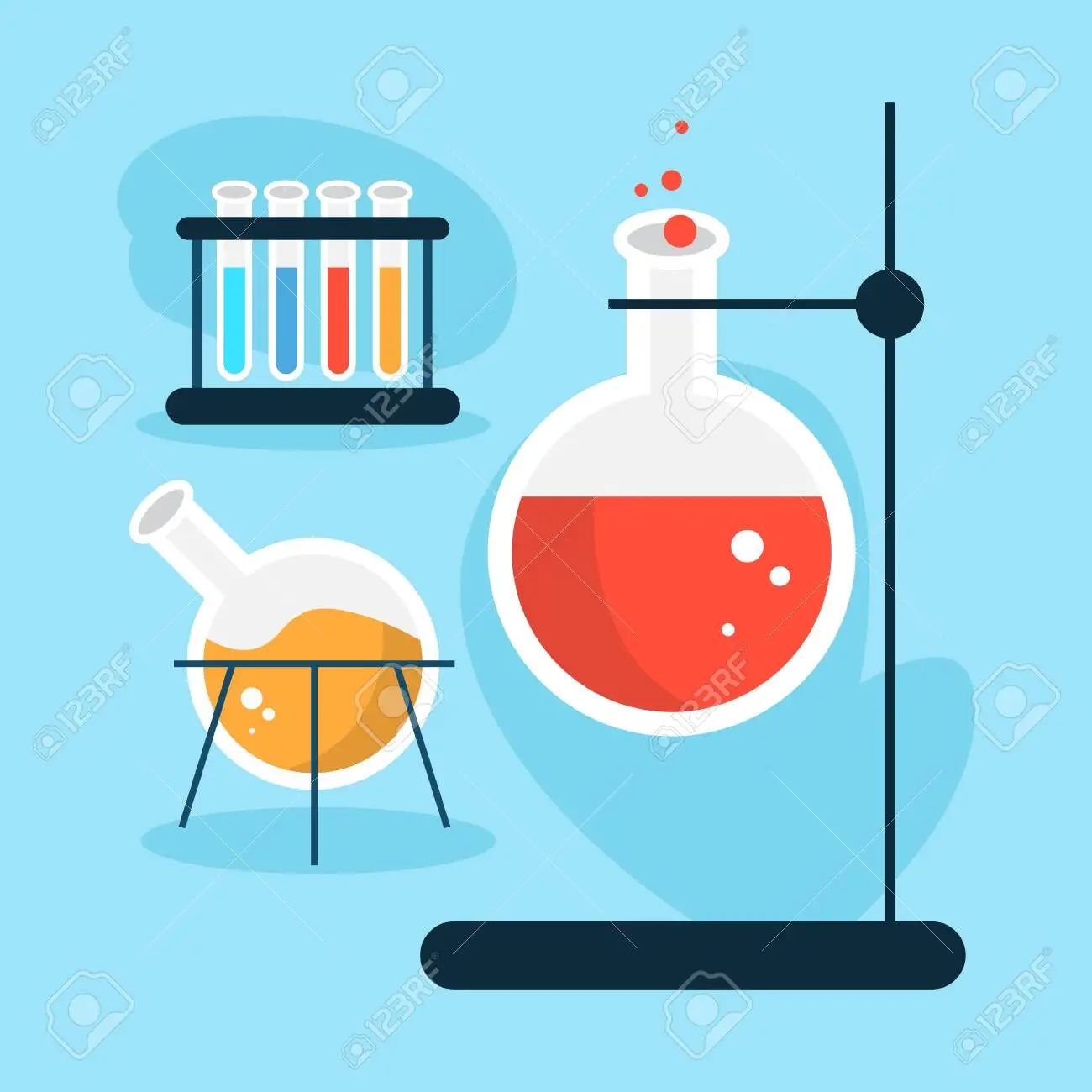The Chemistry of Tears

Crying is a natural response to a range of emotions, from deep sadness and grief to extreme happiness and joy. Crying allows us to release stress and emotional pain.
Tears are important! We use them every day to help keep our eyes healthy. Crying relives stress and depression.
Scientists divide the liquid product into three categories:
Reflex tears- Contain salts and water. They remove debris from our eyes such as smoke and dust, lubricating our eyes to help protect them from infection.
Continuous tears- remove debris from our eyes such as smoke and dust, lubricating our eyes to help protect them from infection.
Emotional tears Contain emotional or stress hormones. They flush stress hormones and other toxins out of our system. Crying releases oxytocin and endogenous opioids, also known as endorphins. These chemicals help release emotional and physical pain.
Tears contain salts (NaCI and KCI), water (H2)), and varying amounts of antibodies and proteins.
9 Benefits of Crying:
- Detoxifies the body
- Self-Soothe
- Dulls Pain
- Improves mood
- Rallies support
- Helps you recover from grief
- Restores emotional balance
- Helps baby breathe
- Helps baby sleep
It is OK to cry. It may be beneficial to you. If you feel the need to cry, don’t hold back your tears. Tears are a normal, healthy way to express emotion.
Resources:
http://www.sciencealert.com/watch-why-do-we-cry-the-chemistry-of-three-types-of-tears
http://time.com/4254089/science-crying/
Most information from this blog post is from: www.ChemistryIsLife.com – The Chemistry of Tears



